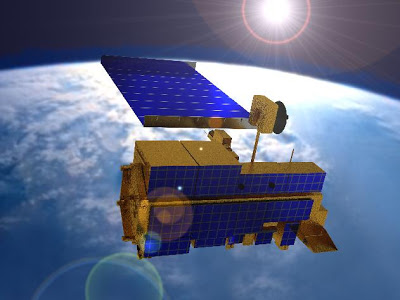 https://skytruth.org/wp-content/uploads/2011/03/SkyTruth_trawling_gom_GE_1.jpg
292
400
John Amos
https://skytruth.org/wp-content/uploads/2020/11/SkyTruth-Header-Logo-C.png
John Amos2011-03-30 15:22:002023-03-03 11:25:29Shrimp Trawling Re-Suspending BP Oil?
https://skytruth.org/wp-content/uploads/2011/03/SkyTruth_trawling_gom_GE_1.jpg
292
400
John Amos
https://skytruth.org/wp-content/uploads/2020/11/SkyTruth-Header-Logo-C.png
John Amos2011-03-30 15:22:002023-03-03 11:25:29Shrimp Trawling Re-Suspending BP Oil?Satellites are key to
monitoring our oceans
Oceans cover 71% of the Earth’s surface, making much of it remote and difficult to monitor. Satellite imagery provides an ideal tool for tracking human activity that otherwise would remain hidden from view. The growing number of new satellites launched regularly means we are rapidly moving towards monitoring change in near real-time and covering all of the world’s oceans everyday.
Our oceans work includes documenting the extent of oil spills (such as revealing the true size of the BP/Deepwater Horizon disaster), tracking global fishing activity (with our partner Global Fishing Watch, launched by SkyTruth in conjunction with Google and Oceana), and now, applying artificial intelligence techniques such as machine learning to detect vessel pollution at sea from bilge dumping.
Ocean issues and threats
Offshore drilling
We track major oil spills around the world. Our SkyTruth Alerts sends email alerts on oil and hazardous materials spills reported to the U.S. Coast Guard.
Overfishing and illegal fishing
SkyTruth works with Global Fishing Watch to encourage nations to make vessel tracking data available and allow everyone to monitor fishing activity.
Harmful algal blooms
SkyTruth has partnered with researchers at Kent State University to flag toxic algal blooms.
While many of our hard-won environmental protections are at risk right now, I’m glad to see the Gulf Monitoring Consortium (and, specifically, SkyTruth) helping our country take some steps forward in monitoring pollution.
Our latest work on oceans
Join us on our journey to protect the environment
We publish newsletters and blogs to keep users informed of fresh work and analysis.





